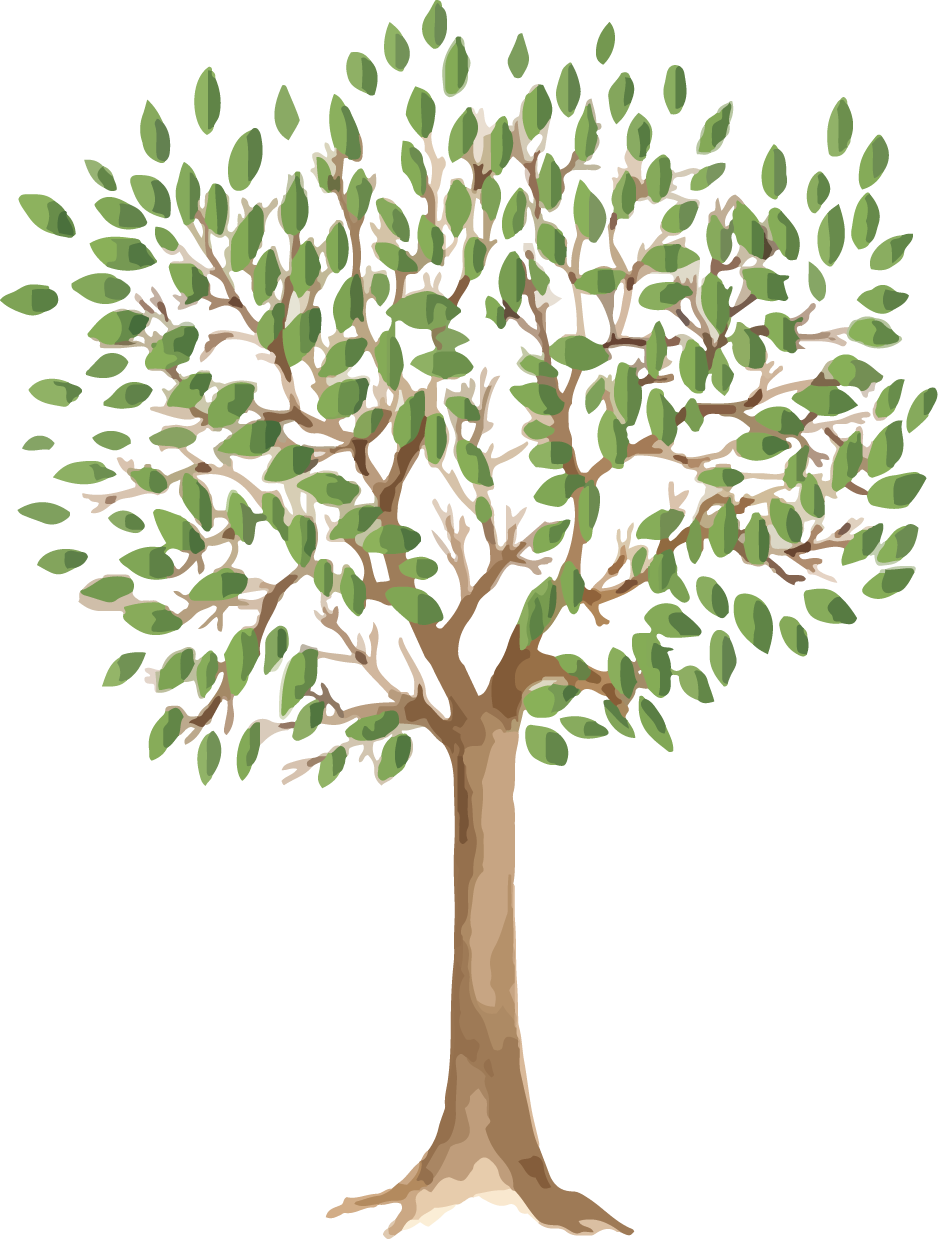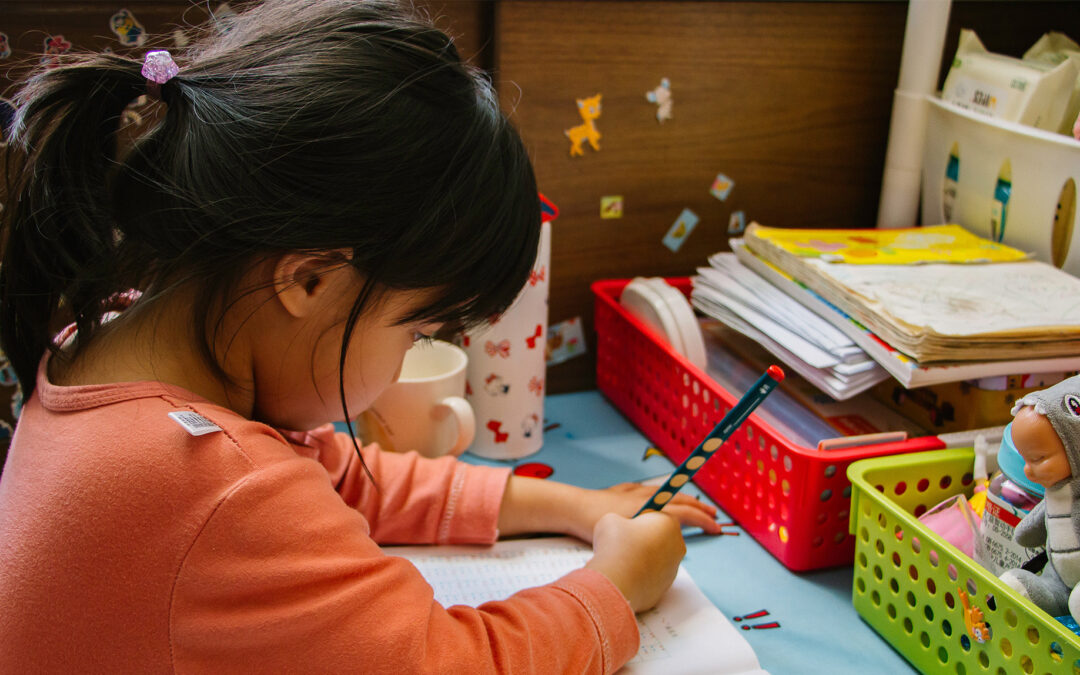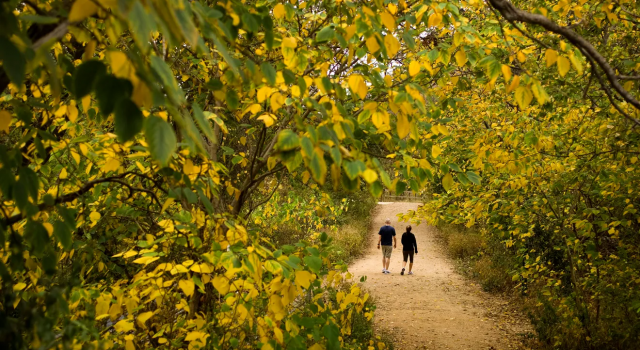Definition of Mindfulness
In my previous entry, I critiqued Mindfulness’s rise in the West. Today I will provide some working definitions of Mindfulness, explain its core principles and virtues, and enumerate some of the benefits of regular practice.
Spiritual Context
While mindfulness meditation was conceived within the religious and philosophical context of Eastern spiritual traditions, it is not unique to them. Other faith traditions, including Judeo-Christian and Islam, as well as secular ones, have contemplative practices as part of their story too. Regular practice has shown to enrich and strengthen one’s spirituality, but there is nothing inherently religious in cultivating mindfulness.
Toward a Uniform Definition of Mindfulness
There is little consensus regarding its definition, however. John Kabat-Zinn, an author and advocate of the mindfulness movement in the West, defines mindfulness as “maintaining a moment-by-moment awareness of our thoughts, feelings, bodily sensations, and surrounding environment.” Another leader in the field and the Education Director at U.C.L.A.’s Mindfulness Awareness Research Center, Diana Winston, defines Mindfulness as simply, “paying attention to our present moment experience with openness, curiosity, and a willingness to be with what is.” These definitions are similar, but Diana’s includes a more explicit intention in approaching practice, in naming curiosity and openness as defining features.
A common thread tying together all definitions of mindfulness is that it does not endorse any particular modality of experience; rather it embraces the totality of existence, from the simplicity of the breath, to the most complicated thought. Mindfulness is about opening up to experience – to connecting with the vital force of existence within us and without. It purports that all experience is valid and real; we observe it without judgment or critique or rumination.
How to Practice Mindfulness Meditation
How do we do it? Begin by setting an intention. You might say, “Today I intend to focus my attention on the breath.” With more practice, you might intend to cultivate a particular virtue of Mindfulness, such as forgiveness, generosity, or loving-kindness. Practice in a quiet room on a comfortable chair or meditation cushion where you will not be interrupted. Sit with an upright posture but not so erect you cannot relax. Close your eyes and rest your hands comfortably on your lap. Use your breath to anchor your experience. Feel your stomach expand and contract, or focus on the sensation of the air traveling through your nostrils as you inhale, and subtly grazing your lip on the exhale. When thoughts or emotions or sensations arise, notice them, and gently invite yourself back to the breath. No matter how compelling they seem, thoughts and emotions are temporary, and do not reflect the totality of who we are. They are merely waves atop an ocean of near infinite depth.
Why do this? This is the training ground for the real world. A disciplined, consistent practice on the cushion facilitates a deeper connection with your breath and increased awareness of your immediate experience when navigating the complexity of life.
Mindfulness in Everyday Life
A concrete example may bring clarity. You drive by a restaurant where you once had a heated argument with your partner. When you see it, you are reminded of the argument through an image that pops in your head of the two of you yelling at each other and you are overwhelmed by the memory. The common response is to think about that image and relive the injustice and pain they inflicted upon you, and begin to consider ways of seeking retribution. You might feel guilty for these thoughts or ashamed of your behaviors. Your experience narrows as you feel trapped by a familiar story of powerlessness and anger.
Alternatively, you could approach this situation mindfully that might fundamentally shift your experience. By using the breath as an anchor, you approach the restaurant with openness and curiosity. First you might feel a wrenching sensation in your stomach, followed by an increase in body heat and heart rate, and a sense you are feeling angry, and then an image of the argument appears in your mind’s eye. You note the bodily sensation, emotion, and corresponding image as they happen by remaining grounded in your breath; you name each as it arises, “gut-wrenching, heat, emotion, image,” without attaching a story or judgment about them. In doing so, you maintain an open field of awareness in which new experiences may arise, including compassion, generosity, and forgiveness.
I invite you to take twenty minutes a day to practice Mindfulness meditation for an entire week. After each sit, write down common themes or challenges in your practice and see how they change over the week. You will learn something every day. You can do it!












